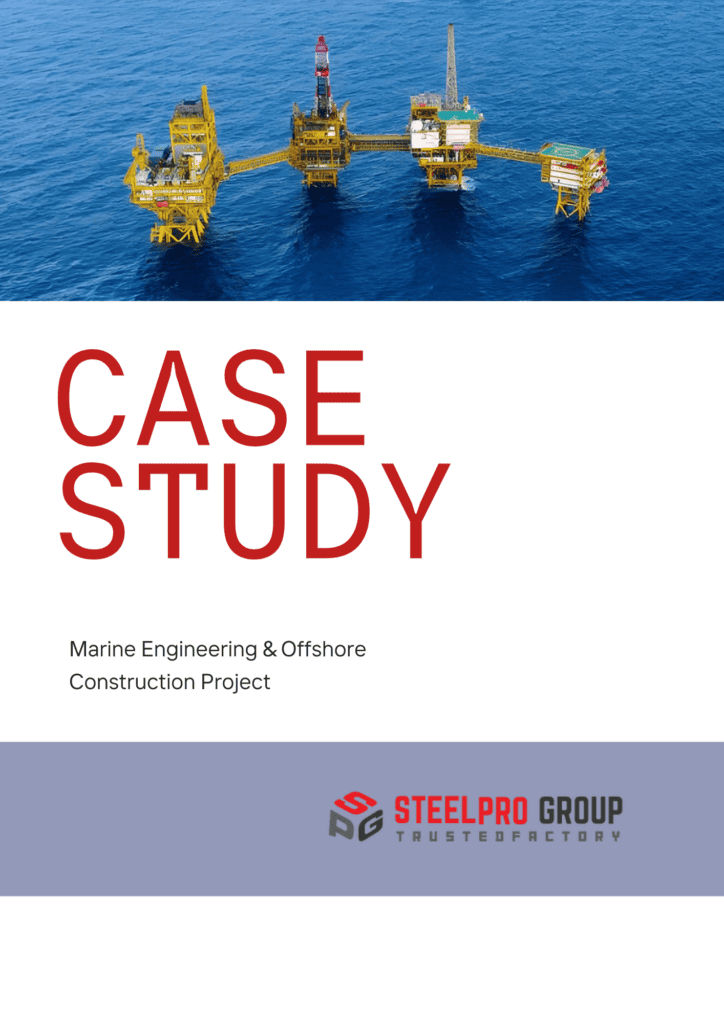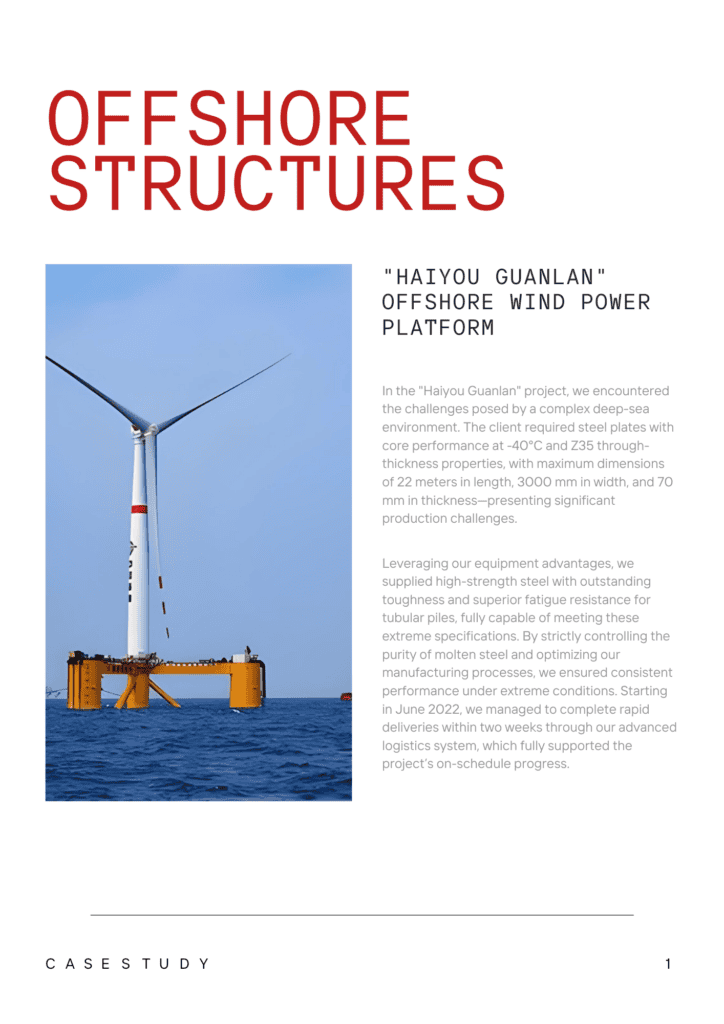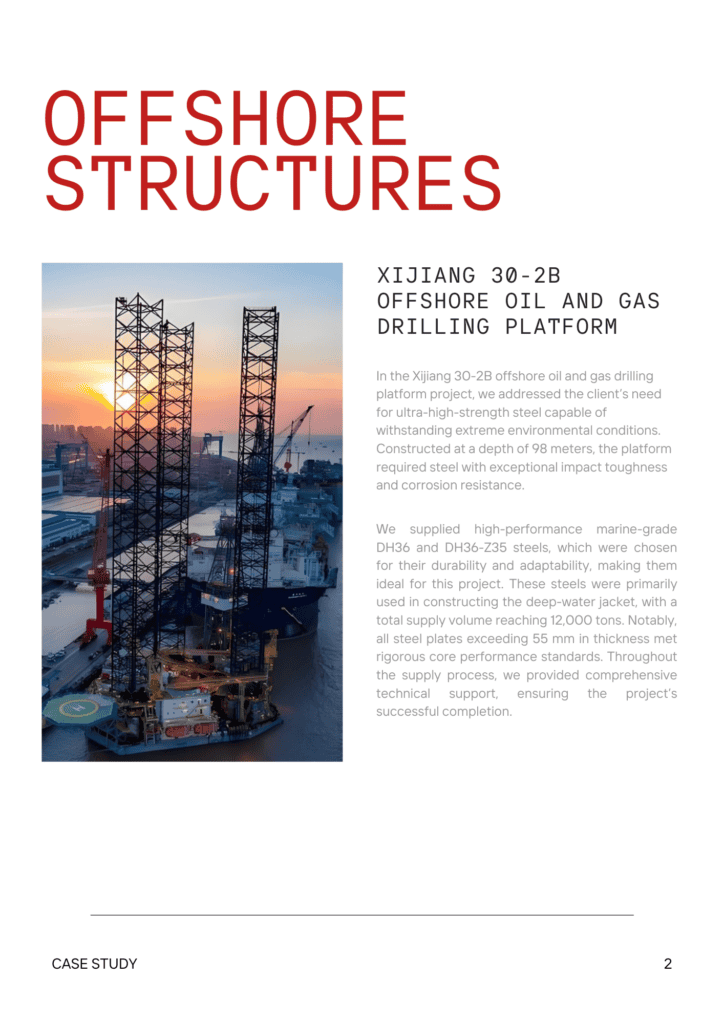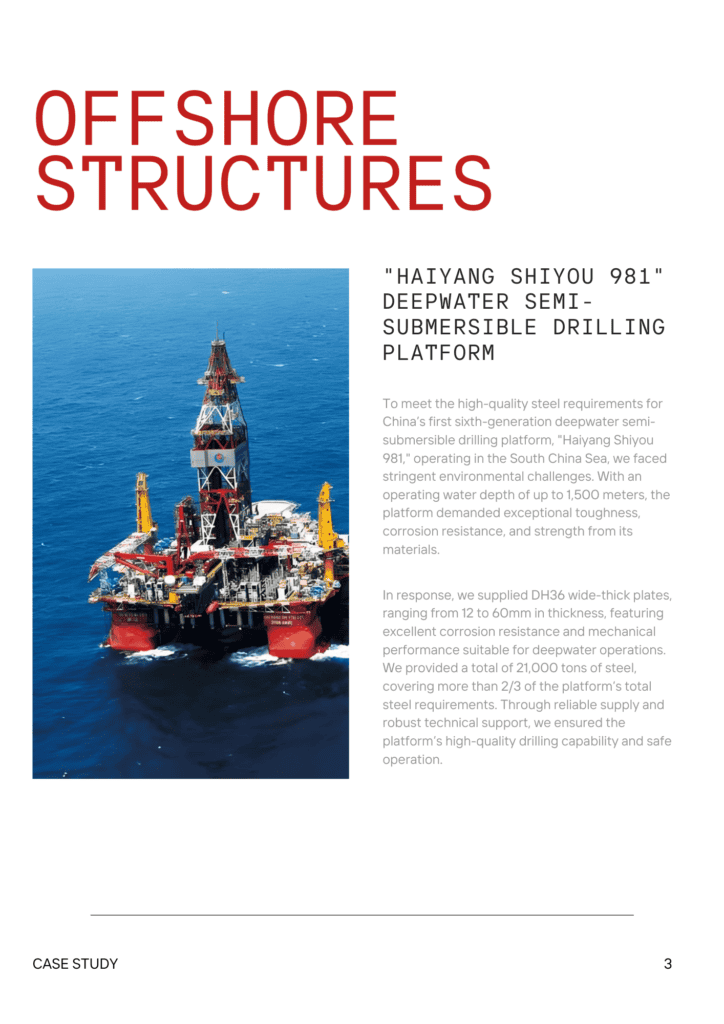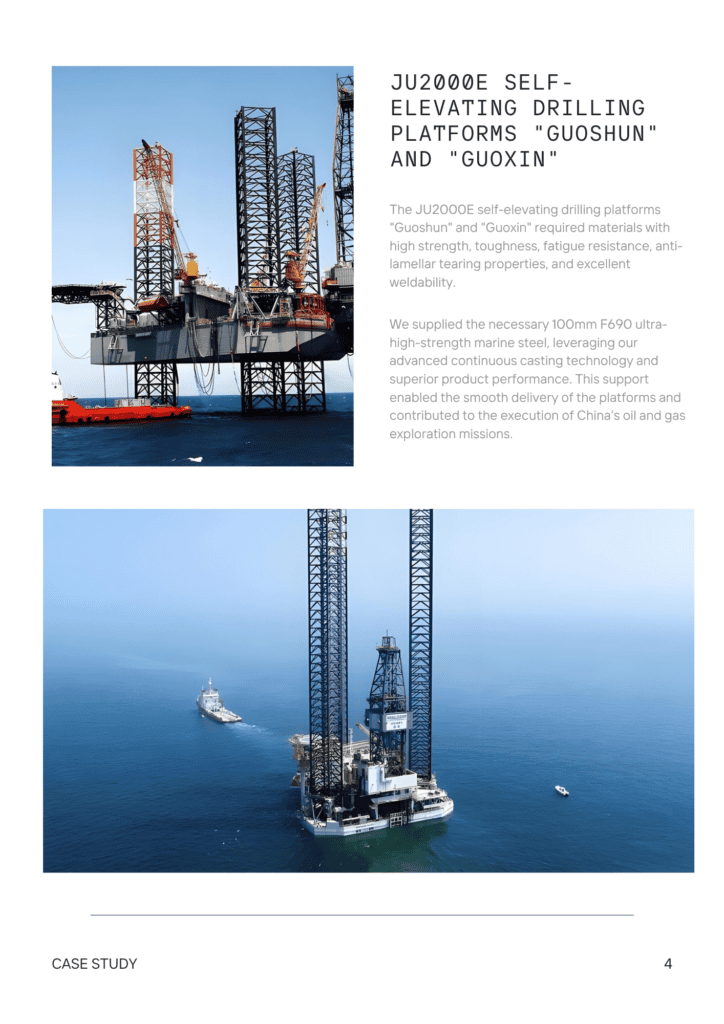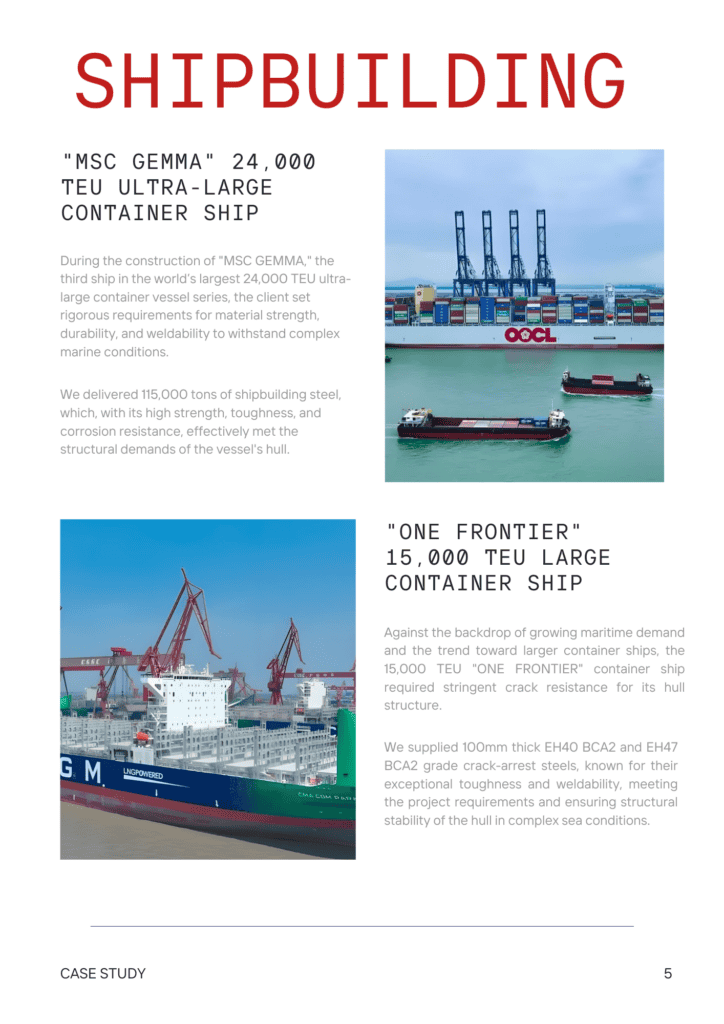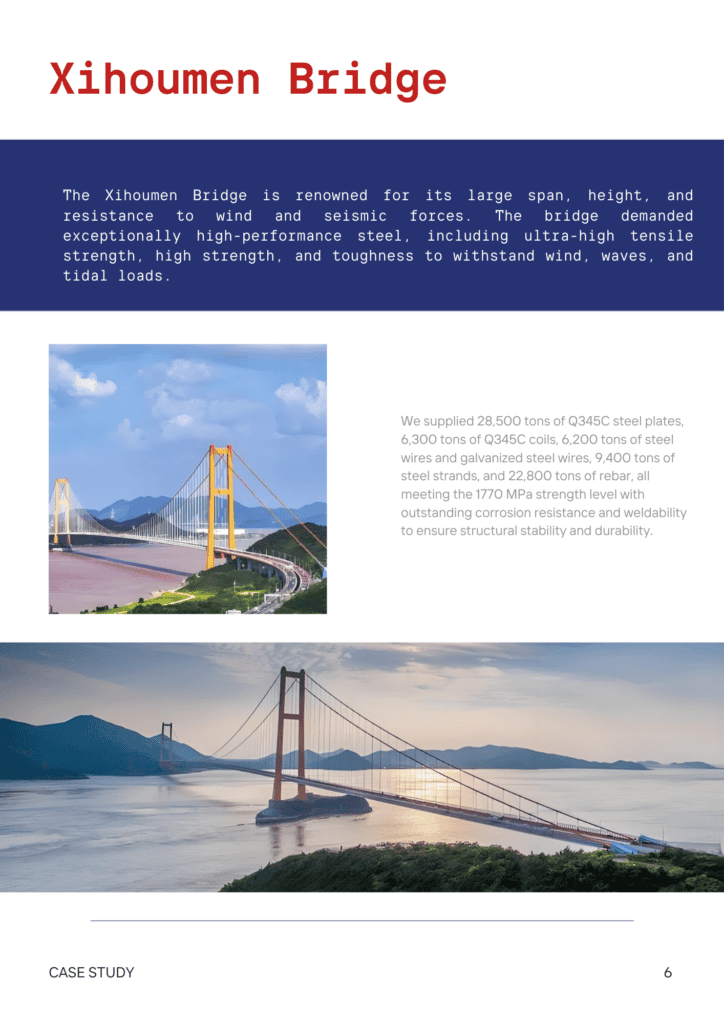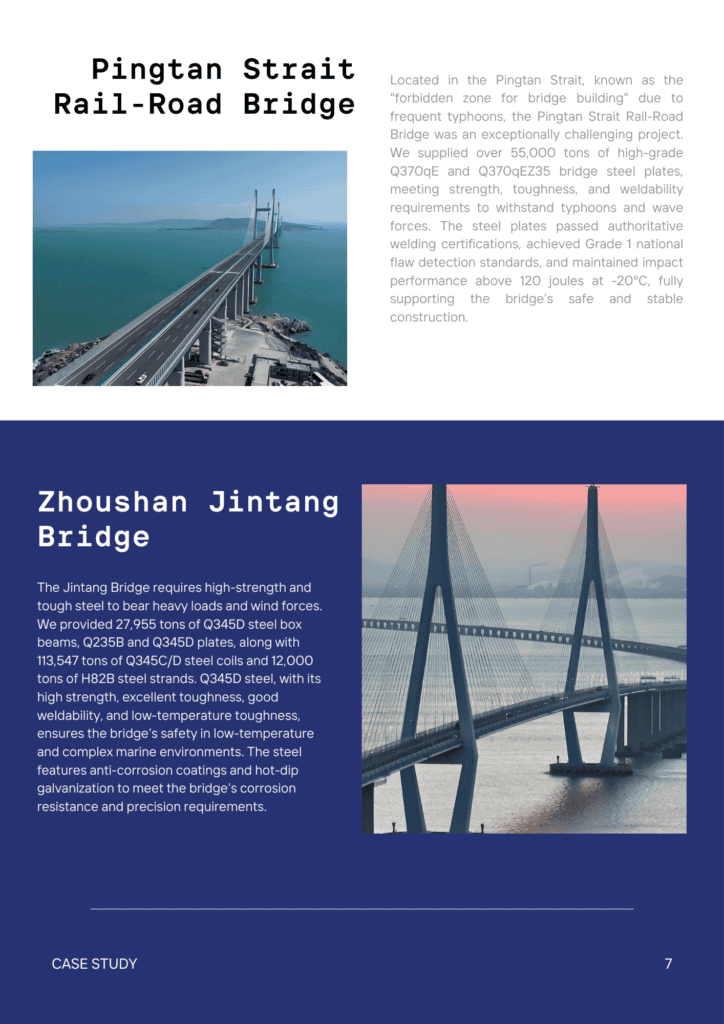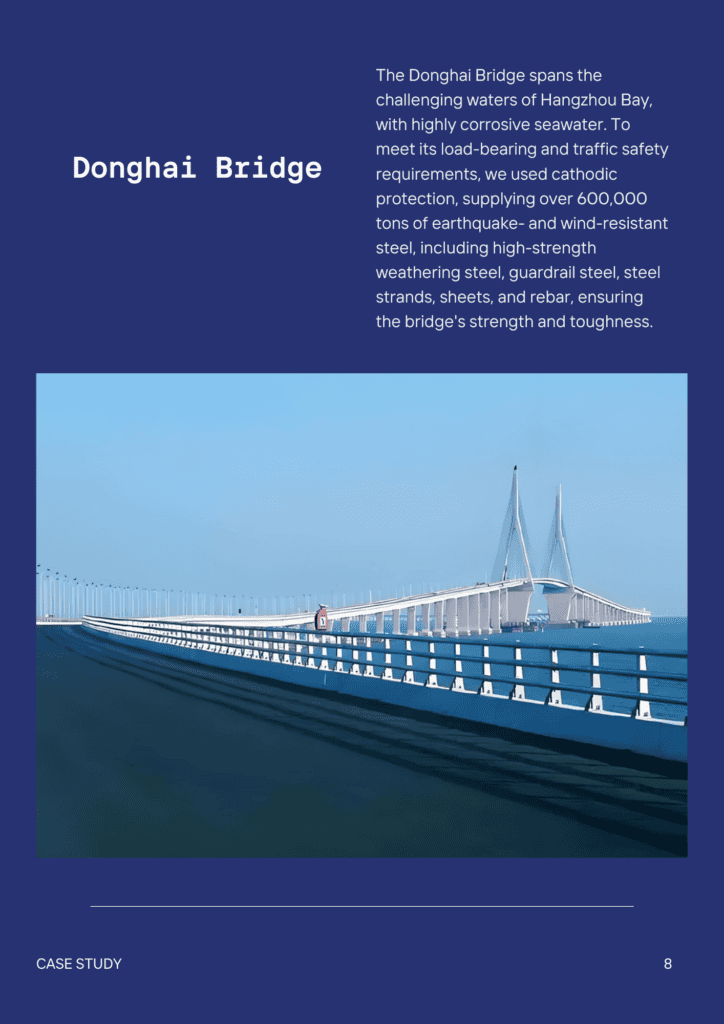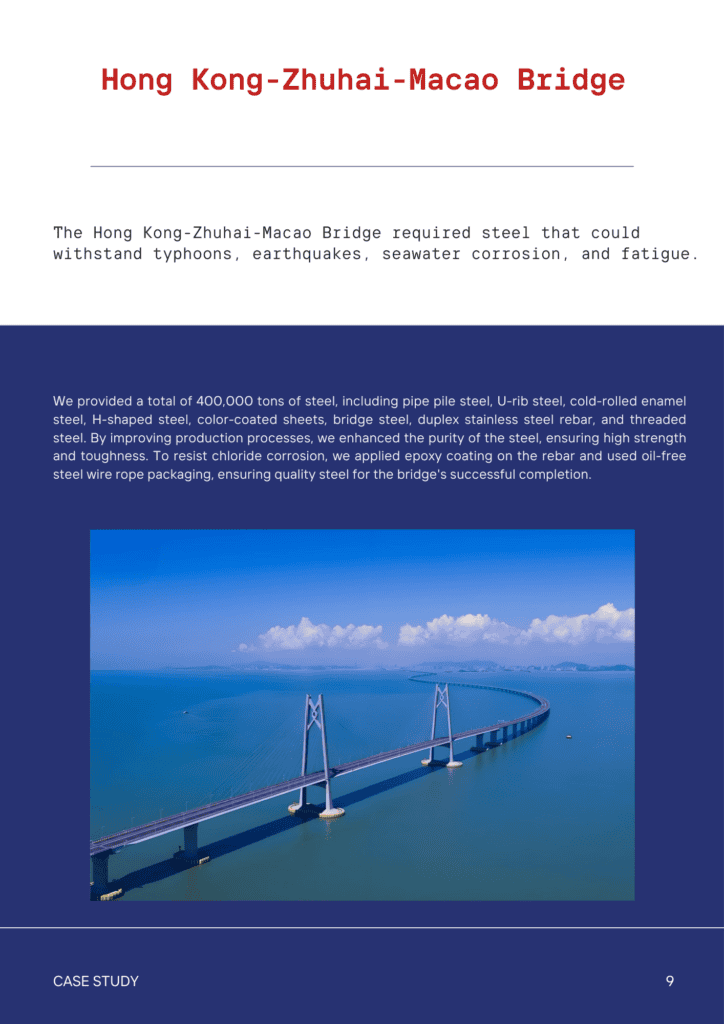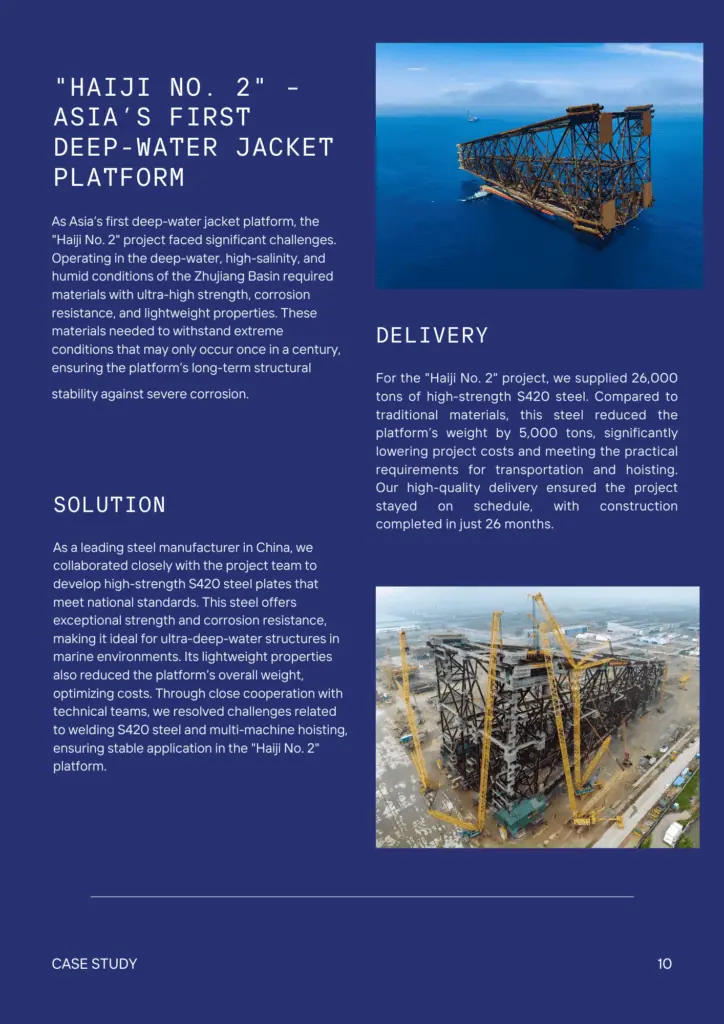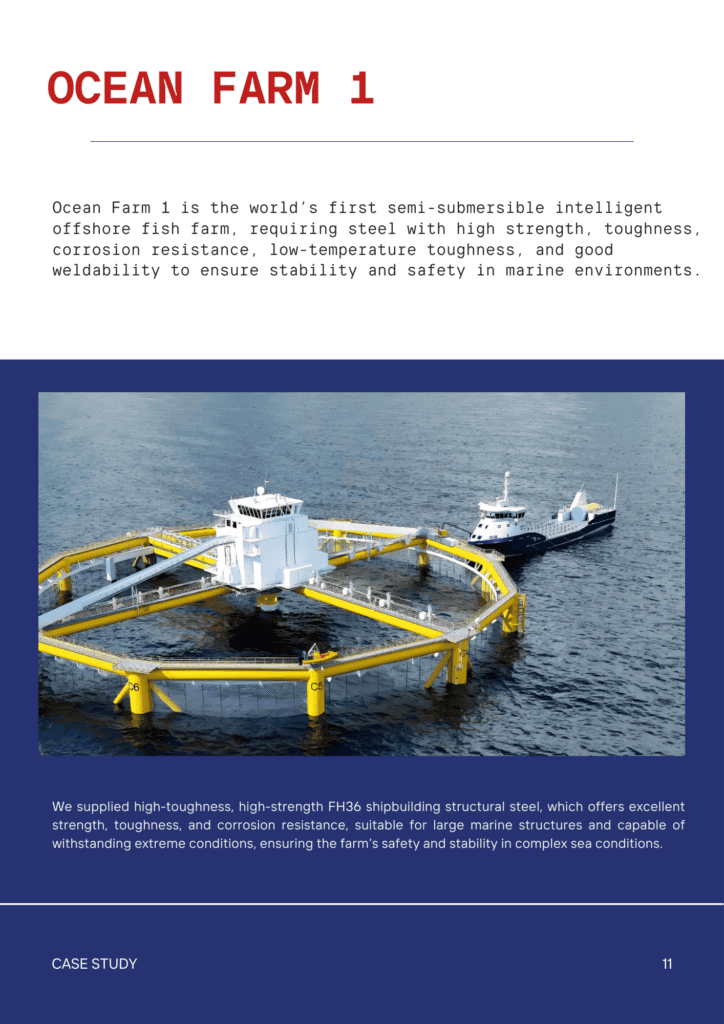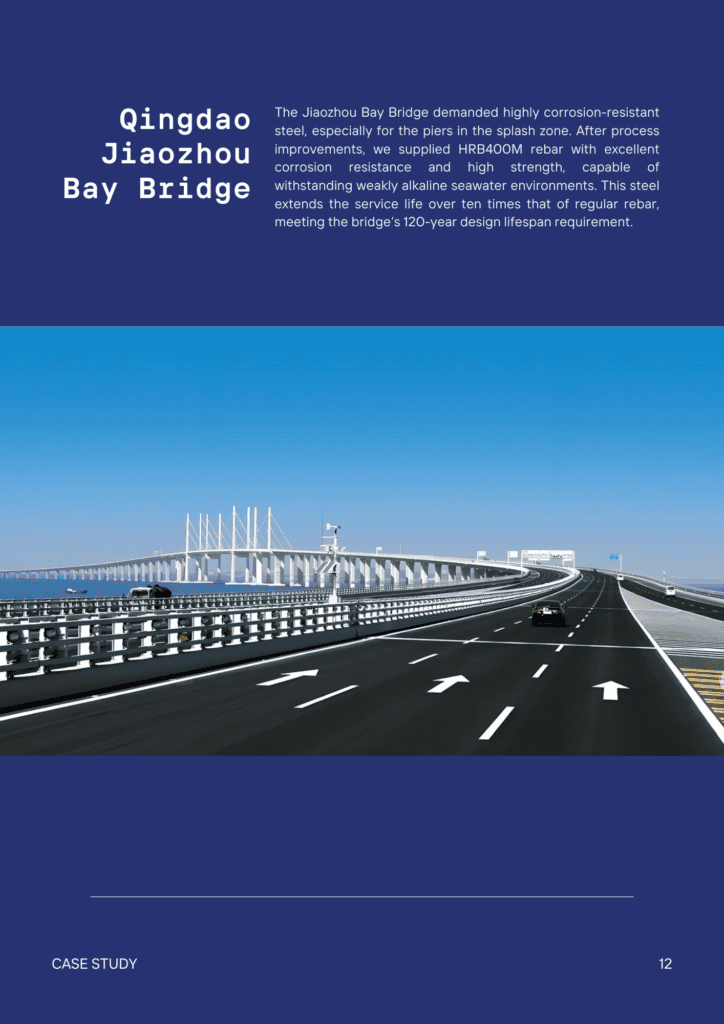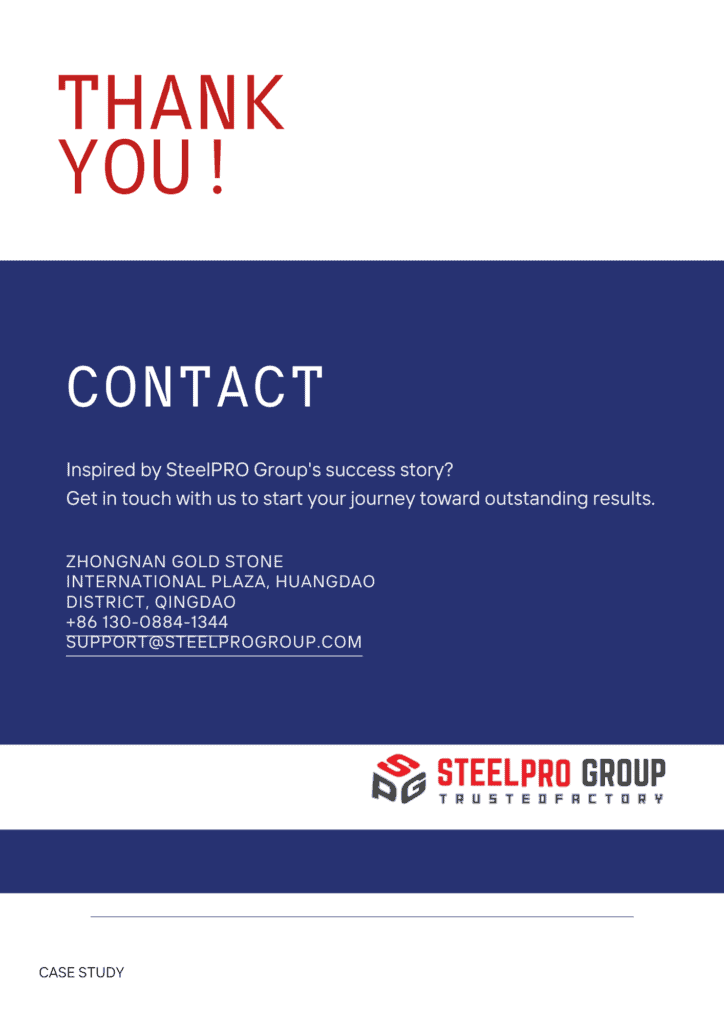Conteúdo
Visão geral do aço de alta liga: tipos, propriedades, usos
- João
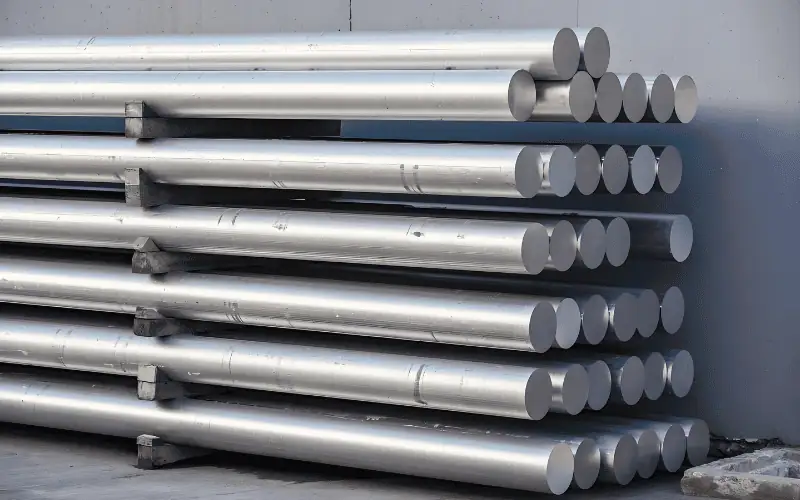
Ao contrário dos aços carbono e de baixa liga, os aços de alta liga oferecem durabilidade e resistência ao desgaste excepcionais, permitindo que resistam a ambientes hostis e condições extremas. Este artigo explora suas principais características, classificações, composição, propriedades mecânicas e aplicações para ajudar os usuários a tomar decisões informadas.
O que é aço de alta liga?
Aço de alta liga é um tipo de aço que contém mais de 5% de elementos de liga, como cromo, níquel e molibdênio. Esses componentes melhoram a resistência à corrosão, a durabilidade e o desempenho em temperaturas elevadas. Isso torna o aço de alta liga ideal para usos aeroespaciais, automotivos, médicos e industriais.
Principais diferenças entre aço de alta liga e outros tipos de aço
| Tipo de aço | Conteúdo de liga | Propriedades principais |
| Aço carbono | < 1% | Baixo custo, resistência moderada, sujeito à ferrugem |
| Aço de baixa liga | 1-5% | Resistência e tenacidade melhoradas, resistência moderada à corrosão |
| Aço de alta liga | > 5% | Alta resistência, excelente resistência ao desgaste e à corrosão, resistente ao calor |
Tipos de aço de alta liga
Aços inoxidáveis
O aço inoxidável é o aço de alta liga mais conhecido, caracterizado por seu alto teor de cromo (tipicamente 12% ou mais), que forma uma camada protetora de óxido para prevenir a corrosão. É utilizado nas indústrias de processamento de alimentos, instrumentos médicos, construção civil e química, onde a resistência à corrosão e a durabilidade são essenciais.
- Aço inoxidável ferrítico
Contém cromo 12–25% com baixo teor de carbono. Esta variedade oferece proteção moderada contra corrosão e é frequentemente empregada em componentes de escapamento automotivo, utensílios de cozinha e máquinas industriais. Embora não seja capaz de ser endurecido por tratamento térmico, ainda pode ganhar resistência por trabalho a frio.
- Aço inoxidável martensítico
Inclui cromo 12–18% e possui mais carbono em comparação ao aço inoxidável ferrítico. É o único aço inoxidável temperável, oferecendo alta resistência mecânica e ao desgaste. O aço inoxidável martensítico é amplamente utilizado em cutelaria, lâminas de turbina e instrumentos cirúrgicos, onde a dureza e a retenção do fio são cruciais.
- Aço inoxidável austenítico
O aço inoxidável mais resistente à corrosão, com cromo 18% e níquel 8-12%. É não magnético, altamente moldável e resistente a produtos químicos agressivos. Isso o torna ideal para processamento de alimentos, armazenamento de produtos químicos e implantes médicos. Alguns graus incluem molibdênio para maior resistência a ambientes agressivos.
Aço para ferramentas de alta velocidade
Aço para ferramentas de alta velocidade é um aço de alta liga projetado para ferramentas de corte que precisam manter a dureza sob altas temperaturas. É reconhecido por sua durabilidade, desempenho em altas temperaturas e capacidade de manter um fio de corte afiado. Isso o torna um material essencial para brocas, lâminas de serra e componentes de máquinas-ferramenta.
Normalmente composto de tungstênio 18%, cromo 4%, vanádio 1% e carbono 0,8%, ele pode manter a dureza em temperaturas de até 600°C.
Aço Maraging
O aço maraging é um aço de liga excepcionalmente forte, conhecido por sua impressionante tenacidade e excelente trabalhabilidade. Ele contém níquel 18%, cobalto 7% e carbono mínimo, dependendo do endurecimento por precipitação em vez do endurecimento tradicional baseado em carbono.
Ele atinge resistências à tração de até 1900 MPa, tornando-o ideal para estruturas aeroespaciais, aplicações militares e engrenagens industriais de alto desempenho.
Apesar de sua extrema resistência, o aço maraging continua sendo mais fácil de usinar do que outras ligas ultraduras, reduzindo a complexidade de fabricação.
Aços de Manganês
O aço manganês, também conhecido como aço Hadfield, é um material durável e de alta resistência, reconhecido por sua capacidade de endurecer com o impacto. Ele contém 12–14% de manganês e aproximadamente 1% de carbono, o que lhe confere uma capacidade única de endurecer sob estresse e impacto.
Esse efeito de endurecimento por trabalho o torna ideal para mandíbulas de britagem de rochas, dentes de caçambas de escavadeiras e componentes industriais de alto impacto.
Ao contrário de outros aços de alta liga, o aço manganês permanece não magnético e mantém excelente ductilidade, o que o torna útil em trilhos ferroviários, equipamentos de mineração e equipamentos de proteção.
Outros aços de alta liga
Além dos aços inoxidáveis, para ferramentas e manganês, vários aços de alta liga especializados são projetados para ambientes extremos:
- Aços à base de níquel
Oferece alta resistência e resistência à oxidação, sendo usado em turbinas a gás, engenharia marítima e aplicações em temperaturas extremamente altas.
- Aços à base de cobalto
Conhecido pela alta resistência ao desgaste e retenção de bordas, usado em instrumentos cirúrgicos, componentes aeroespaciais e peças de motores a jato resistentes ao calor.
Principais características do aço de alta liga
O aço de alta liga se destaca por sua resistência superior, resistência ao desgaste e capacidade de suportar ambientes extremos. No entanto, essas vantagens têm desvantagens em termos de custo e complexidade de processamento.
Vantagens do aço de alta liga
Resistência à corrosão
O nível elevado de cromo cria uma camada de óxido de proteção que impede a ferrugem e a oxidação. Isso torna os aços de alta liga cruciais para uso em ambientes marinhos, instalações químicas e ambientes de saúde, onde o contato com umidade, ácidos e sais representa um desafio.
Resistência e dureza excepcionais
Elementos de liga como níquel, molibdênio e vanádio aumentam a resistência à tração e ao impacto do aço de alta liga. Isso o torna ideal para ferramentas de corte, componentes estruturais e aplicações aeroespaciais, onde cargas e condições de desgaste extremas estão presentes.
Estabilidade em altas temperaturas
Aços de alta liga mantêm sua durabilidade e resistência à oxidação mesmo sob condições de alta temperatura. O molibdênio e o tungstênio melhoram a resistência ao calor, tornando esses aços adequados para motores a jato, usinas de energia e fornos industriais, onde os materiais devem suportar estresse térmico.
Resistência ao desgaste e à abrasão
Elementos como cromo, manganês e tungstênio contribuem para a dureza extrema, reduzindo a degradação de materiais em equipamentos de mineração, brocas e máquinas pesadas. Essa resistência ao desgaste aumenta a longevidade das peças que funcionam em ambientes agressivos e abrasivos.
Limitações do aço de alta liga
Custo mais alto
A inclusão de elementos caros como níquel, cobalto e molibdênio aumenta os custos de produção. Embora o desempenho do material justifique o preço em aplicações críticas, ele pode não ser a opção mais econômica para uso estrutural geral.
Usinabilidade difícil
As mesmas propriedades que aumentam a resistência mecânica e a resistência ao desgaste também tornam os aços de alta liga mais difíceis de usinar, furar e soldar. Ferramentas de corte especializadas, revestimentos e técnicas de usinagem controladas são necessárias para processar esses materiais com eficiência.
Fragilidade em certos graus
Alguns aços de alta liga, particularmente aços para ferramentas endurecidos, podem ser suscetíveis a rachaduras ou lascas sob alto impacto ou tensão. Isso exige tratamento térmico preciso e medidas de projeto criteriosas para garantir um equilíbrio adequado entre dureza e ductilidade.
Composição química do aço de alta liga
| Elemento | Principais benefícios | Aplicativos comuns |
| Carbono (C) | Dureza, resistência, resistência ao desgaste | Aços para ferramentas, componentes estruturais |
| Cromo (Cr) | Resistência à corrosão, dureza | Aço inoxidável, marinho, médico |
| Níquel (Ni) | Resistência, desempenho em baixas temperaturas | Aplicações aeroespaciais e criogênicas |
| Molibdênio (Mo) | Resistência a altas temperaturas, resistência à corrosão | Turbinas, máquinas industriais |
| Vanádio (V) | Resistência ao desgaste, tenacidade ao impacto | Ferramentas de corte, aços de alta resistência |
| Tungstênio (W) | Resistência ao calor, desempenho de corte | Aços para ferramentas, brocas, lâminas de serra |
| Manganês (Mn) | Ductilidade, endurecimento por trabalho, resistência ao desgaste | Equipamentos de mineração, trilhos ferroviários |
| Cobalto (Co) | Resistência ao calor, retenção de bordas | Motores a jato, instrumentos cirúrgicos |
| Silício (Si) | Força, resistência à oxidação | Aplicações de alta temperatura |
Aplicações de aço de alta liga
A versatilidade e o desempenho do aço de alta liga o tornam um material indispensável em diversos setores. A seleção do tipo certo depende do estresse operacional, da exposição ambiental e dos requisitos de longevidade.
| Setor | Aplicativo | Tipo de aço usado |
| Maquinário industrial | Ferramentas de corte, moldes, equipamentos de mineração | Aço rápido, aço manganês |
| Aeroespacial e automotivo | Motores a jato, estruturas de aeronaves, sistemas de exaustão | Ligas à base de níquel, aço maraging, aço inoxidável |
| Medicina e Biotecnologia | Instrumentos cirúrgicos, implantes, armazenamento médico | Aço inoxidável martensítico e austenítico, ligas de cobalto |
| Energia e Poder | Turbinas, trocadores de calor, sistemas de energia eólica | Aços de molibdênio e tungstênio, aço inoxidável |
| Marítimo e Offshore | Navios, oleodutos submarinos, plataformas de petróleo | Aço inoxidável duplex, ligas de níquel |
| Construção e infraestrutura | Pontes, trilhos ferroviários, edifícios | Aço HSLA, aço manganês |
Graus e aplicações de aço de alta liga
| Grau | Composição da liga | Aplicativos comuns |
| Aço inoxidável 304 | 18% Cr, 8% Ni | Utensílios de cozinha, armazenamento de produtos químicos, produtos médicos |
| Aço inoxidável 316 | 16% Cr, 10% Ni, 2% Mo | Plataformas offshore, instrumentos cirúrgicos |
| Aço inoxidável 440C | 17% Cr, 1% C | Rolamentos, facas, ferramentas de corte |
| Aço de alta velocidade M2l | Mistura Mo-WV | Brocas, lâminas de serra, ferramentas de fresagem |
| Aço rápido T1 | Alto teor de tungstênio | Ferramentas de usinagem para serviços pesados |
| Maraging 250 | 18% Ni, 7% Co | Aeroespacial, componentes estruturais |
| Aço Manganês Hadfield | 12-14% Mn, 1% C | Equipamentos de mineração, trilhos ferroviários |
| Aço para rolamentos AISI 52100 | 1,5% Cr, Alto C | Rolamentos, rolos, ferramentas de precisão |
| Inconel 718 | Superliga Ni-Cr | Motores a jato, turbinas a gás |
| Hastelloy C-276 | Liga Ni-Mo-Cr | Trocadores de calor, reatores químicos |
Produtos de aço de alta liga e soluções de processamento personalizadas
No SteelPro Group, somos especializados em fornecer produtos de aço de alta liga de alta qualidade, projetados para atender às demandas de diversos setores. Oferecemos serviços completos de processamento, incluindo:
- Corte e usinagem de precisão – Corte CNC, corte a laser e corte a jato de água para formas e componentes personalizados.
- Tratamento Térmico e Têmpera – Processos especializados para aumentar a resistência, a resistência ao desgaste e a proteção contra corrosão.
- Acabamento e revestimento de superfície – Incluindo niquelagem, nitretação e boronização para prolongar a vida útil em ambientes extremos.
- Composição e forjamento de ligas personalizadas – Adaptado para atender requisitos mecânicos e químicos específicos para aplicações de alto desempenho.
Entre em contato conosco hoje mesmo para discutir pedidos personalizados, especificações de materiais e suporte técnico para sua aplicação.



